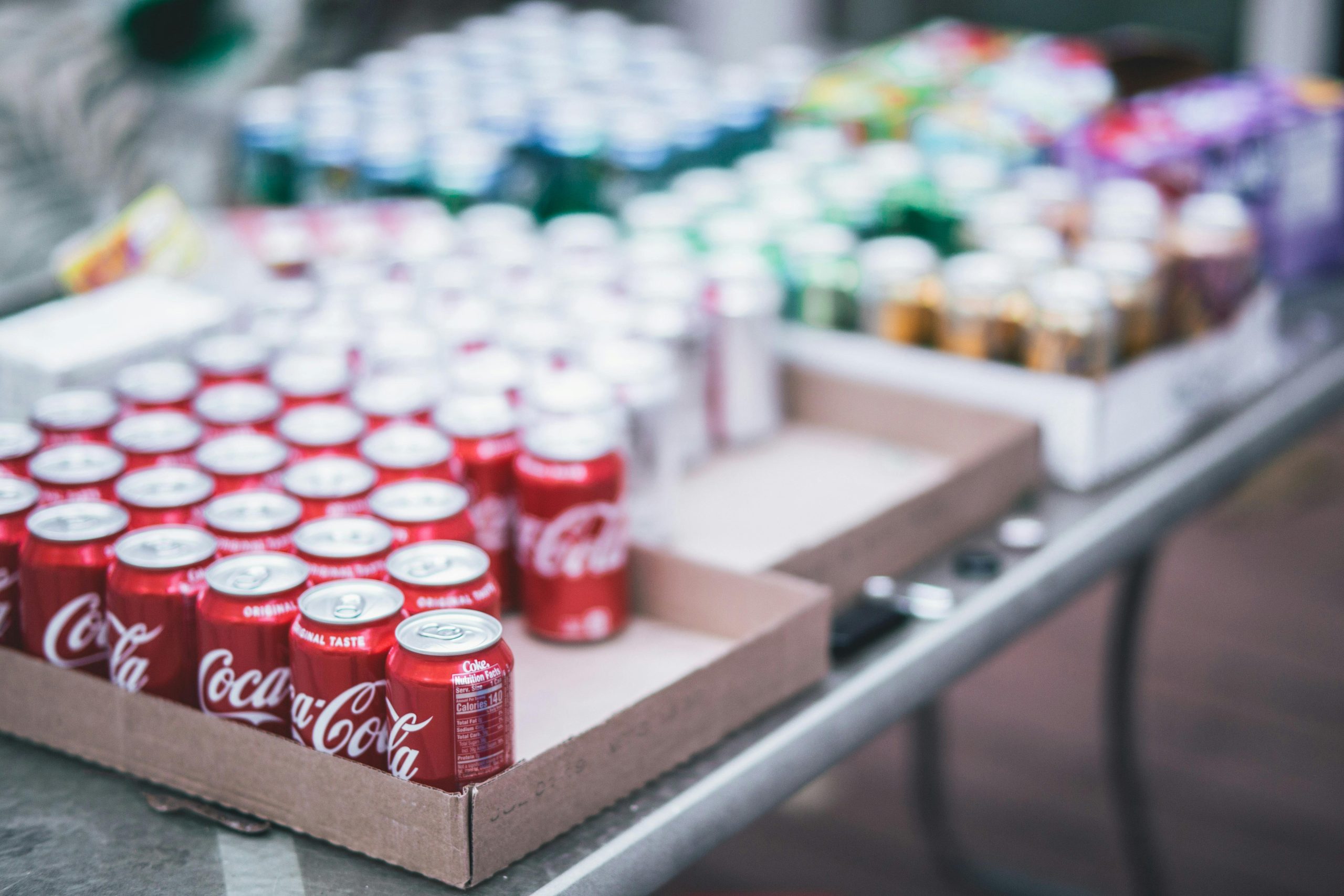Have you ever bought your favorite brand of snack or soda at a big box retailer like Walmart or Costco and thought it tasted slightly off? You are likely not imagining it. To meet the aggressive price demands of these retail giants, manufacturers sometimes create slightly different formulations or use different packaging for the products they sell there. This can result in subtle but noticeable changes in taste, texture, and overall quality compared to the version of the same product sold at a traditional grocery store.

1. Soda
Major soft drink brands like Coca-Cola and Pepsi often use different syrup-to-water ratios in the fountain drinks at warehouse club food courts to save on costs. More subtly, the canned and bottled sodas sold in bulk at these stores may use a slightly different mix of sweeteners. For example, some bulk packs might rely more heavily on high-fructose corn syrup than those distributed to smaller stores. This can alter the classic taste that fans expect.
2. Name-Brand Coffee
Costco’s co-branded Kirkland Signature coffee is a famous example of a product made specifically for a big box store. While it offers great value, coffee aficionados often note that the taste profile is different from the coffee sold in Starbucks’ cafes. The blend and roast level are tailored for mass production. It’s also offered at a lower price point, resulting in a flavor that is similar but not identical to the original.
3. Commercially Baked Goods
Popular baked goods like muffins, cookies, and even bread from brands like Entenmann’s or Thomas’ can taste different when purchased at a supercenter. These retailers demand such a high volume that the manufacturer may use a different, larger-scale bakery or a slightly altered recipe with more preservatives to handle the longer supply chain. This can affect the freshness and texture of the final product compared to the one delivered to your local supermarket.
4. Deli Meats
The pre-packaged deli meats you buy at a warehouse club might not be the same quality as those sliced fresh at a traditional grocery store deli. Some brands create specific, larger-format packages for club stores. They may contain more water or binding solutions to keep the price per pound down. This can result in a slimier texture and a less robust flavor than the premium version of the brand.
5. Rotisserie Chicken
While not a branded item, the rotisserie chicken from a big box store often tastes different due to the seasonings and injection solutions used. Each chain has its proprietary recipe. A Costco rotisserie chicken is famous for its savory flavor, while a Walmart version might have a different spice blend entirely, proving that not all store-cooked chickens are created equal.
6. Potato Chips

Some shoppers swear that the same brand of potato chips tastes different when purchased in a large multi-pack box. This could be due to differences in the type of oil used or the amount of seasoning applied in the specific production run destined for bulk sale. Packaging can also play a role. Chips in a large bag inside a box may be better protected from crushing but more exposed to air than a smaller, nitrogen-flushed bag.
The Price of a Low Price
The incredible deals offered by big box retailers sometimes come with a hidden trade-off in quality or taste. Manufacturers must find ways to meet the low price demands of these powerful buyers. That can lead to subtle changes in a product’s formulation. For consumers, it is a reminder that the same brand name does not always guarantee the exact same product.
Have you ever noticed a food item that tastes different when you buy it from a different store? Which product do you think has the most noticeable difference? Let us know!
Read More
12 Fast-Food Items That Taste Worse Than They Did Last Year
8 Frozen Meals That Don’t Even Taste Like the Picture
The post 6 Food Items That Taste Different at Big Box Retailers appeared first on Grocery Coupon Guide.







